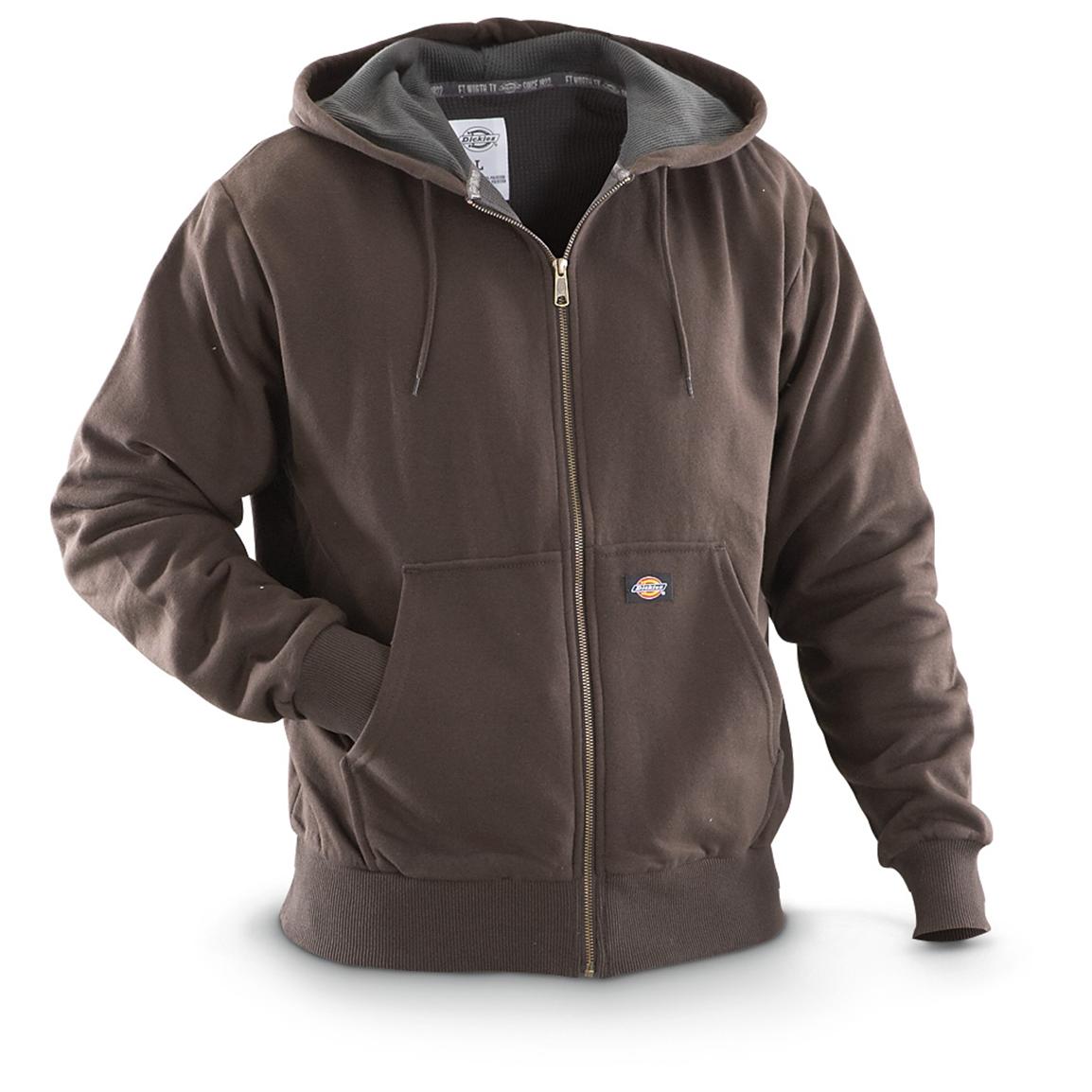Sweatshirts are long-sleeved, pullover garments composed of thick cotton. They are typically worn as casual clothing, and are not so formal as sweaters and cardigans. They do not usually have the hood. If http://note.pearltrees.com/14026976/cf5c7a317c8eb39d26eb32d741a3ee3c are interested in buying a sweatshirt, here are a few tips:
The appeal of Norma Kamali was spread by the use of sweatshirts
Since the late 1970s and into the late '70s, Norma Kamali has transformed the basic sweatshirt into a work of art. Her designs have become a staple in almost every woman's wardrobe. Her distinct designs include tummy-tucking t-shirts to a crew neckline to thick leather sweatshirts. She also has created clothes in unique forms, such as tanks with an extended trumpet skirt.
A partnership between the designer and sweatshirt manufacturer Everlast resulted in her Timeless line, which was hugely popular when it debuted in the Spiegel spring 2006 catalog. The collection was made up of interchangeable and convertible knits with classic designs, and many pieces were priced under $20. Even the Kamali's Timeless collection wasn't sold in stores, customers could still find these items on eBay and Poshmark.
Merino wool sweatshirts feel more comfortable than sweatshirts made of soft wool.

Merino wool is well-known for its moisture-wicking properties which help to keep you dry and comfortable. This is a naturally-occurring fiber and also offers a smoother and more comfortable feeling. The fabric also dries quickly compared to other natural substances. In addition, it is a sustainable resource. The merino sheep shed coats each year and grow new coats.
The warmth-to-weight ratio of merino wool is what makes it a popular choice for sweatshirt s. It helps to regulate the temperature of your body due to its loft which naturally retains heat between the fibers. This is the reason Merino wool sweatshirts work ideal for outdoor and summer activities like hiking, mountain biking, and running. The warmth it offers ensures that the wearer stays cool and dry, which is crucial when exercising.
Zip-front hoodies feature kangaroo pockets.
Kangaroo pocket hoodies are a popular style of hoodie. They feature a big pocket on the front, which keeps your hands warm during cold days. They're also more practical than traditional pockets because they permit your hands to slide in and out easily.
Kangaroo pockets are typically large enough to fit an entire wallet or smaller personal items. They're typically long enough to fit the palm of a hand that is small or even large enough to accommodate two hands. They are wide on both sides and are ideal for carrying small objects.
French Terry fabric is a popular fabric for sweatshirts.
The French Terry fabric is constructed of soft yarns that are knit into loops and is usually mid-weight. It is also renowned as a fabric that wicks away moisture and is already pre-shrunk. French Terry is a fantastic choice for sweatshirts because it is warm when you require it and also keeps your cool when you want to cool down.
French Terry is also popular for loungewearbecause it is stretchy enough and has enough flexibility to feel comfortable when you touch your body. It also allows air to circulate around the fabric, which makes it ideal for layering under other clothes. Furthermore, because it is lighter than other sweatshirts that you can wear throughout the year without feeling warm or cold.
Hoodies can be classist.
Although it might appear that hoodies are an appropriate garment for those who are working class, the reality is that they are a symbol of class. Hoodies were first popularized in the early 1970s , in New York, where graffiti artists wore them to hide their identities. In 1976, hoodies made their major film debut in "Rocky," when the protagonist of the film was a working class man in hooded gray sweats on his famous climb up the steps of the Philadelphia Museum of Art.
Hoodies are often associated with death, destruction and other negative things, but they also serve practical purposes. For instance, monks and priests may wear hoods to show modesty and inward focus.
